supplychainreport — July 31, 2025
The United States has introduced a 15% tariff on goods imported from South Korea as part of a newly established trade arrangement aimed at rebalancing trade terms and enhancing investment flows between the two countries.
The decision, announced following high-level meetings in Washington, adjusts the existing tariff rate on South Korean products—such as automobiles and certain manufactured goods—from 25% to 15%. The updated tariff structure aligns with recent deals the U.S. has also reached with Japan and the European Union.
South Korean President Lee Jae Myung’s office confirmed that the tariff reduction applies specifically to automotive exports, ensuring that South Korean manufacturers will face equivalent duties to those of their Japanese and European counterparts. The new rate is intended to offer parity in the competitive export environment, while removing uncertainties for South Korean exporters.
In parallel with the tariff adjustment, South Korea has committed to a broader economic cooperation framework, which includes $350 billion in investments in the United States and the purchase of $100 billion worth of U.S. energy products, including liquefied natural gas. According to South Korean officials, most of these investments will be structured through loans and guarantees and include ongoing manufacturing initiatives.
President Donald Trump emphasized that the 15% tariff represents a balanced measure designed to promote fair trade while encouraging South Korea to open its market further to U.S. products. He also stated that the tariff structure is part of a broader effort to ensure reciprocal treatment in global trade relationships.
While the agreement includes increased market access for U.S. vehicles, trucks, and agricultural products, South Korea’s government confirmed that sensitive categories such as rice and beef will remain exempt due to food security concerns.
Industry analysts noted that although South Korea previously benefited from a free trade agreement with the U.S., which allowed for zero-duty trade in many sectors, the introduction of a standardized 15% tariff effectively reduces its competitive advantage. However, the new rate does level the playing field with other major exporters.
The tariff change comes ahead of an August 1 deadline tied to broader U.S. trade policy adjustments. Senior executives from major South Korean firms—including Samsung, Hyundai, and Hanwha—recently visited Washington to affirm their investment plans and strengthen trade ties with U.S. partners.
According to the OECD, the United States accounted for 18% of South Korea’s total exports last year, with key categories including automobiles, auto parts, and components used in electric vehicle and semiconductor manufacturing.
#TariffsAndDuties #TradePolicy #USKoreaTrade #SupplyChainNews #ImportExportUpdate

















